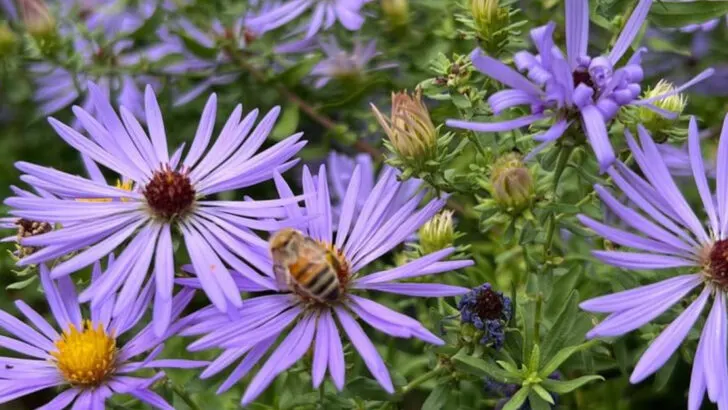If you want a garden that’s full of life—and not just pretty to look at—native plants are your best friend. These species have evolved right alongside local bees, butterflies, and other pollinators, offering exactly what they need to thrive through the summer months.
Unlike many ornamental flowers, native plants provide real nutrition for pollinators, and they tend to be more drought-tolerant, pest-resistant, and low-maintenance, too. Plus, they often bloom at just the right time to support your local ecosystem when it needs it most.
These 17 native plants not only bring in the buzz, flutter, and hum of summer wildlife—they also add texture, movement, and color to your garden in ways that exotic plants can’t compete with. It’s beauty with purpose, and it starts with what naturally belongs.
Eastern Purple Coneflower
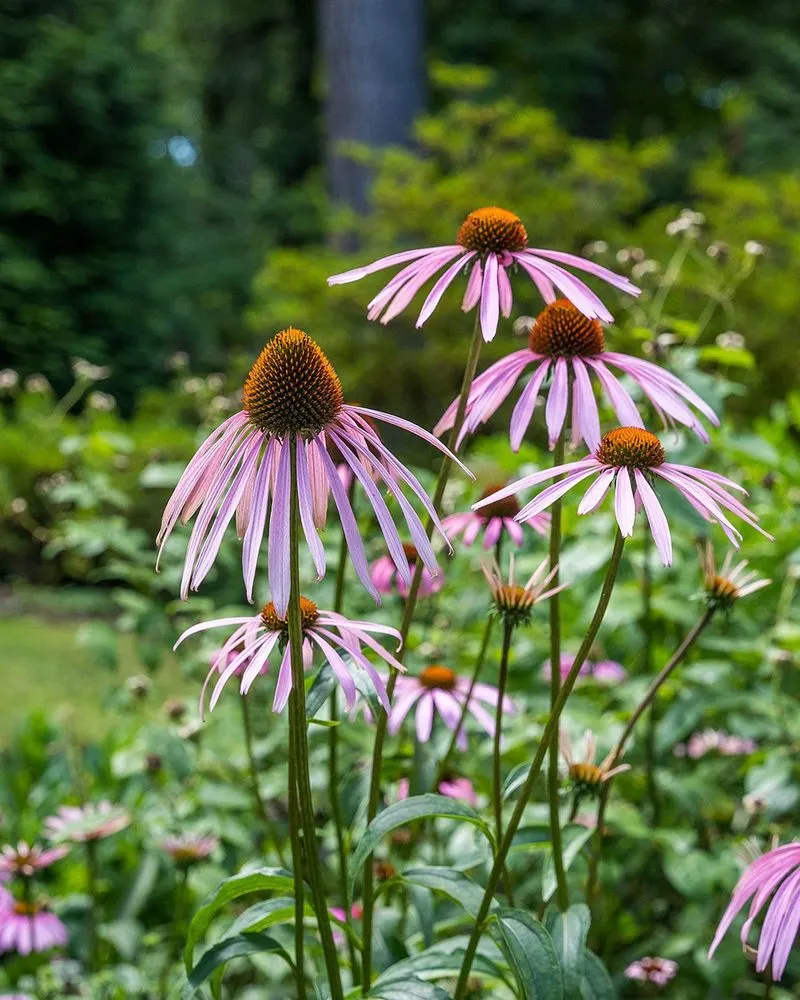
A garden favorite, the Eastern Purple Coneflower captivates with its striking petals and robust structure. Native to eastern North America, this plant thrives in a variety of conditions, making it a reliable choice for gardeners. Its nectar-rich flowers are a magnet for bees and butterflies, inviting a colorful parade to any garden. The coneflower’s resilience extends beyond summer, providing a lasting display well into the fall. Whether in a wild meadow or a curated garden, its presence is both commanding and beneficial for local pollinators.
Milkweed
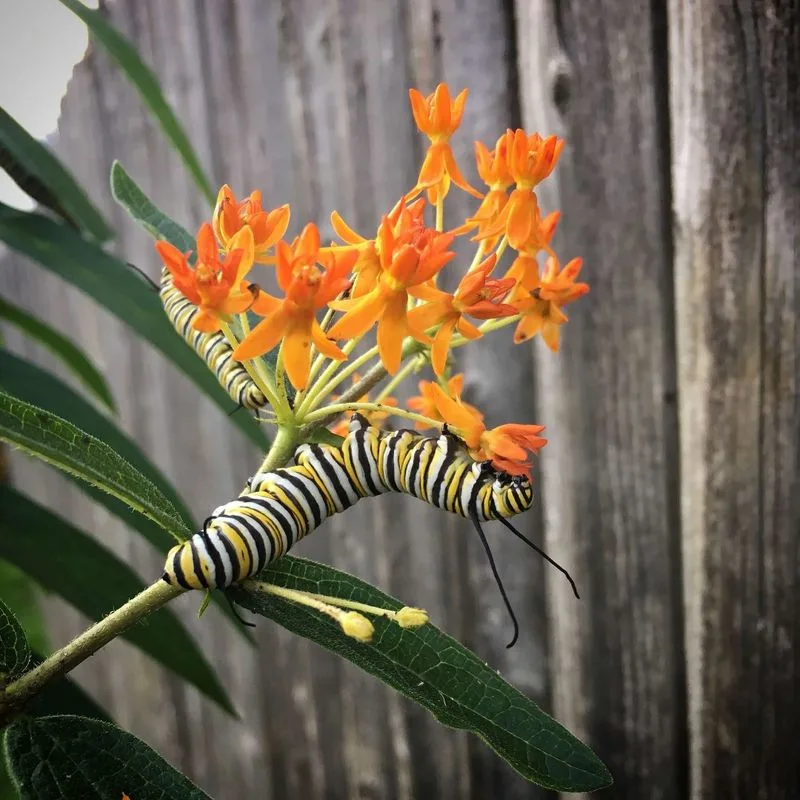
An essential plant for monarch butterflies, Milkweed offers more than just a pretty bloom. Its leaves serve as the primary food source for monarch caterpillars. In addition to supporting butterflies, Milkweed’s clusters of pink or white flowers are a favored stop for bees. This plant is characterized by its ability to thrive in less-than-ideal soil conditions, making it a hardy addition to any garden. Embracing Milkweed not only beautifies your space but also plays a crucial role in sustaining butterfly populations.
Black-Eyed Susan
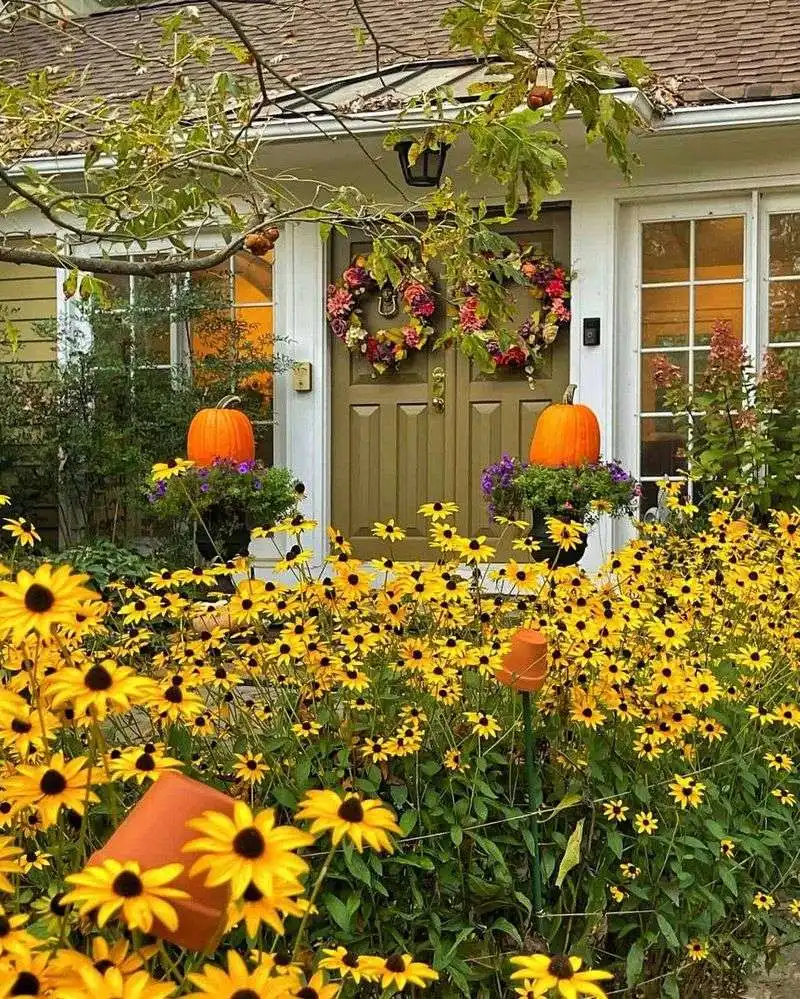
With its cheerful yellow petals and dark centers, the Black-Eyed Susan is a ray of sunshine in any garden. This North American native is more than just a pretty face; it offers nectar that attracts a variety of bees and butterflies. Known for its easy care and long blooming season, this plant is perfect for beginners. Its adaptability to different environments makes it a versatile choice, brightening up both gardens and pollinator habitats alike. The Black-Eyed Susan’s charm is truly irresistible to pollinators.
Bee Balm

Bee Balm dazzles with its firework-like blooms and aromatic foliage. A true spectacle in the garden, it draws in hummingbirds, bees, and butterflies with ease. This plant’s vibrant colors range from red to pink and purple, creating a lively display that captivates both humans and insects. Beyond its visual appeal, Bee Balm has a history of medicinal uses, adding another layer of interest. It’s a plant that not only enhances your garden’s aesthetics but also contributes to its ecological health.
Goldenrod
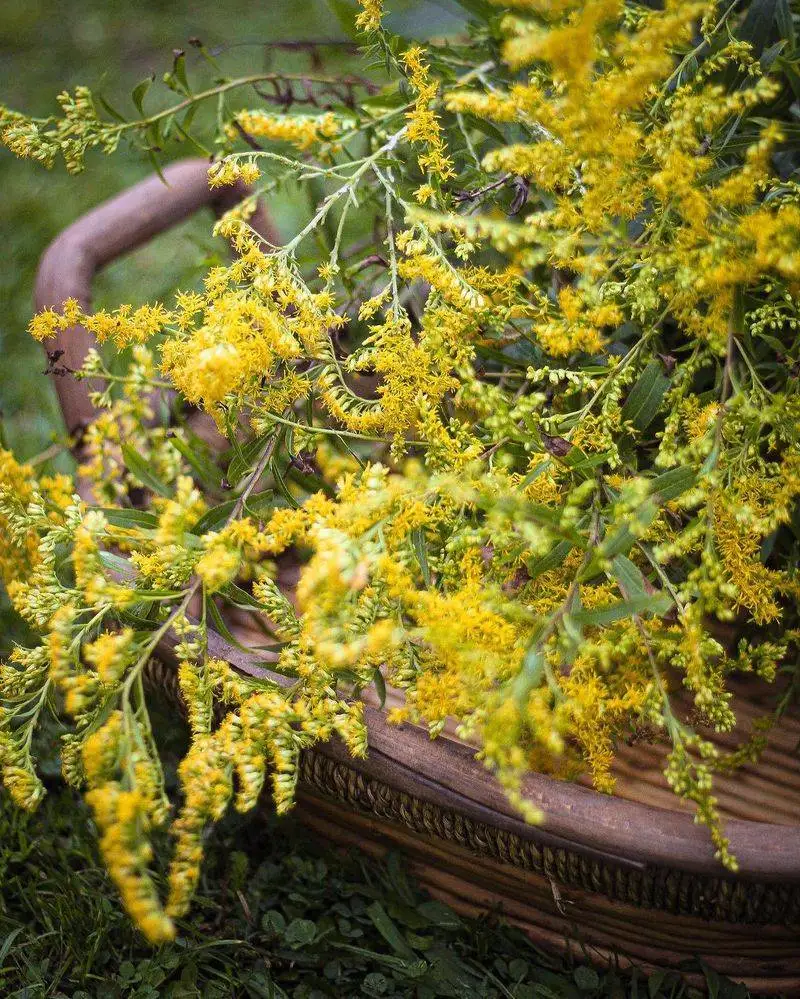
Often unfairly blamed for allergies, Goldenrod is actually a valuable ally in the garden. Its tall, golden spires are a late-summer haven for bees and butterflies seeking nectar. This resilient plant thrives in a range of conditions, from meadows to roadsides. Goldenrod helps support a diverse range of pollinators, extending its benefits beyond just its immediate environment. Its brightly colored flowers are a vibrant addition to any garden, providing much-needed resources late in the season.
Asters

Asters bring a celestial beauty to gardens with their star-shaped flowers. Blooming in late summer to fall, they offer vital nectar to pollinators during a critical time. These perennials are adaptable, thriving in various environments from rocky hillsides to garden borders. With colors ranging from purples to pinks and blues, Asters add a splash of color when many other flowers are fading. Their ability to attract a wide array of pollinators makes them a must-have for environmentally conscious gardeners.
Lavender
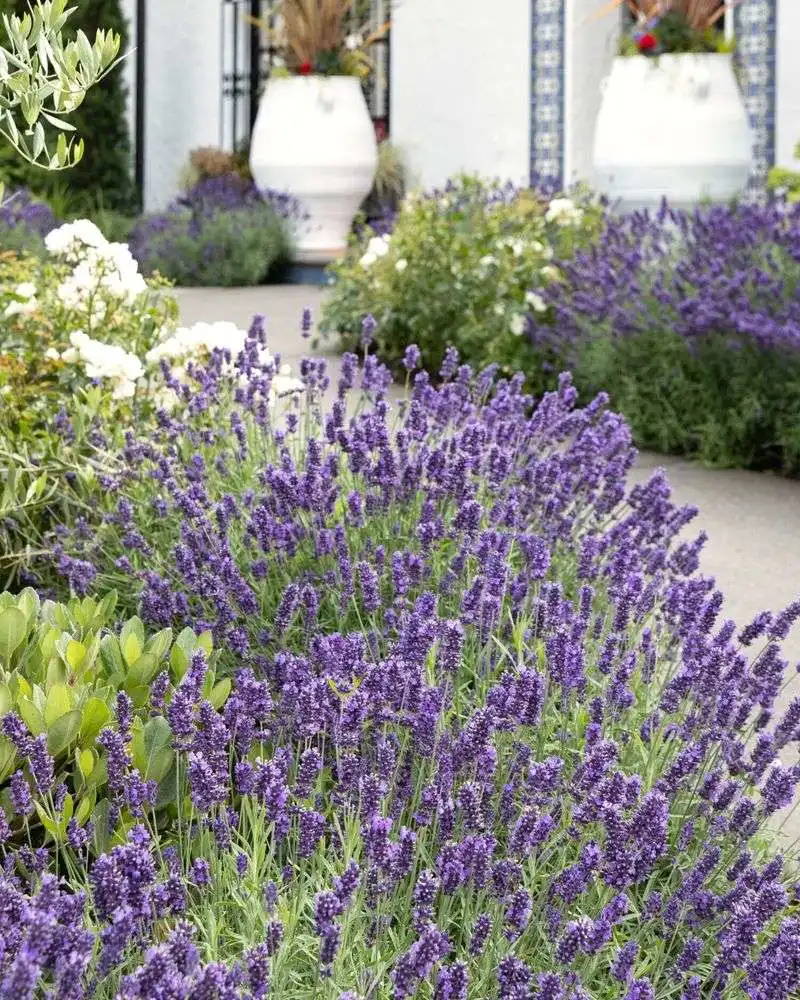
Lavender is not only prized for its calming scent but also for its ability to attract pollinators. Bees and butterflies are drawn to its fragrant purple flowers, which provide a rich source of nectar. This Mediterranean native is hardy and drought-tolerant, making it an easy addition to any garden. Its silvery foliage and vibrant blooms fit beautifully into both formal and informal garden designs. Besides its ornamental uses, lavender can be harvested for culinary and medicinal purposes, adding to its versatility.
California Poppy

The iconic California Poppy stands out with its vibrant orange petals and delicate, fern-like foliage. While it’s a symbol of the Golden State, this plant is also popular across various regions for its easy-growing nature. Bees and butterflies flock to its blooms, which open with the sun and close as evening approaches. This poppy’s drought tolerance and preference for poor soils make it a resilient choice for gardeners looking to add color and support pollinators. Its charm and hardiness make it a summer staple.
Joe Pye Weed

Joe Pye Weed may have an unassuming name, but its impact on pollinators is anything but. Towering with pinkish-purple blooms, it’s a magnet for butterflies and bees. This native perennial thrives in moist soils, often found along streams or wet meadows. It’s a late bloomer, providing crucial nectar sources as summer wanes. The plant’s towering stalks and lush blooms make it a dramatic addition to gardens, offering both height and ecological benefit. Its presence ensures a lively garden filled with pollinator activity.
Purple Prairie Clover
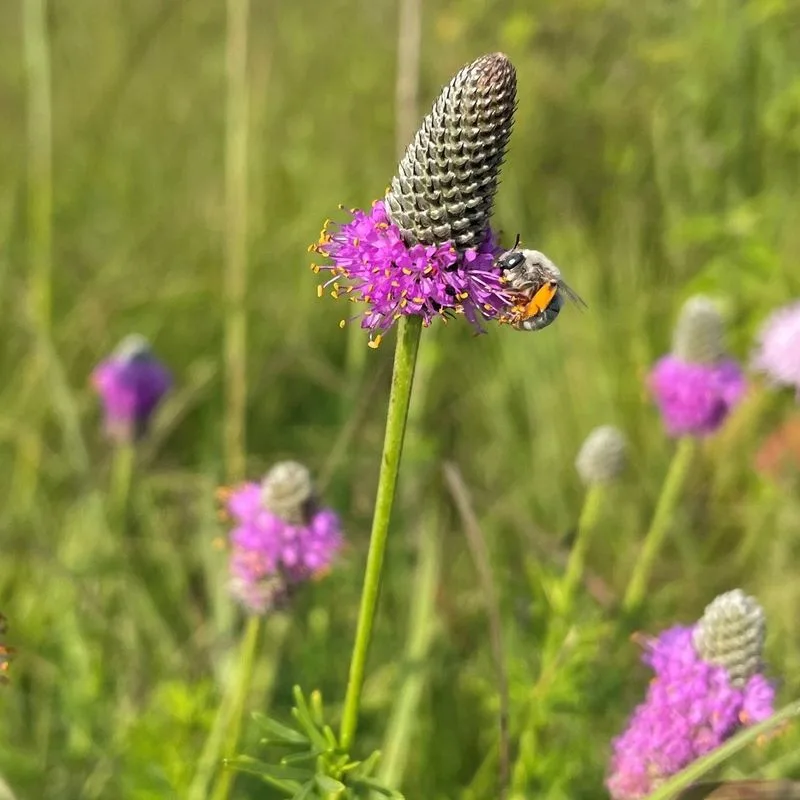
The striking Purple Prairie Clover adds a touch of elegance with its slender, purple flower spikes. This plant is not just visually appealing but also a favorite among bees and butterflies. Its deep root system allows it to thrive in drought conditions, making it a practical choice for sustainable gardening. This clover enriches the soil with nitrogen, benefiting nearby plants. Its unique appearance and ecological benefits make it an excellent choice for those looking to support biodiversity and add visual interest.
New England Aster
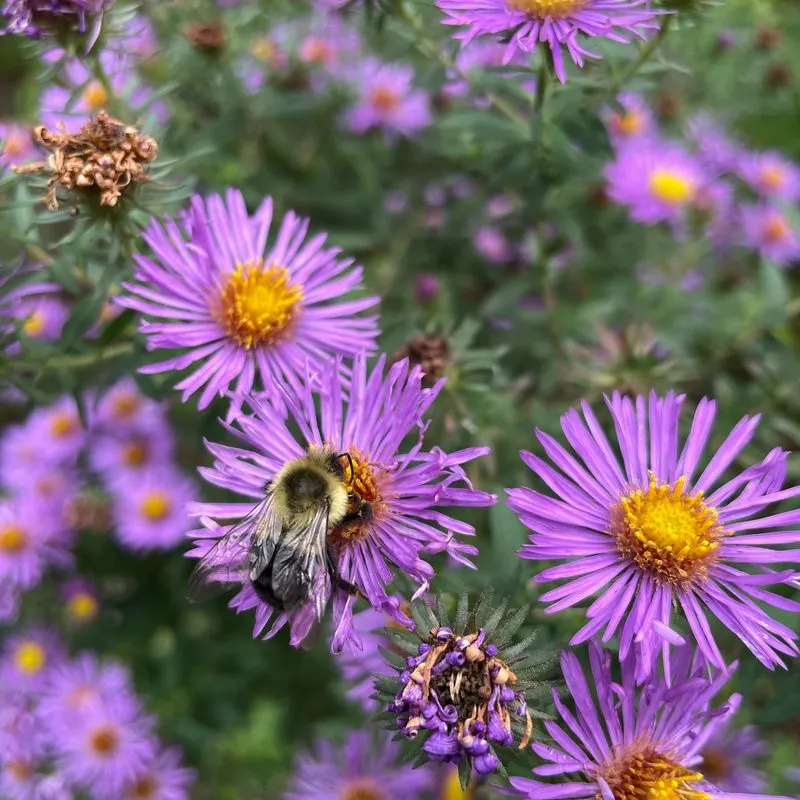
The New England Aster bursts with vibrant purple petals, becoming a focal point in any garden. As a late bloomer, it provides essential nectar sources for pollinators preparing for winter. This aster thrives in moist soils and can be seen gracing roadsides and fields. Its ability to attract a variety of bees and butterflies makes it invaluable for pollinator gardens. The New England Aster’s bold color and beneficial properties ensure that it remains a garden favorite year after year.
Blazing Star
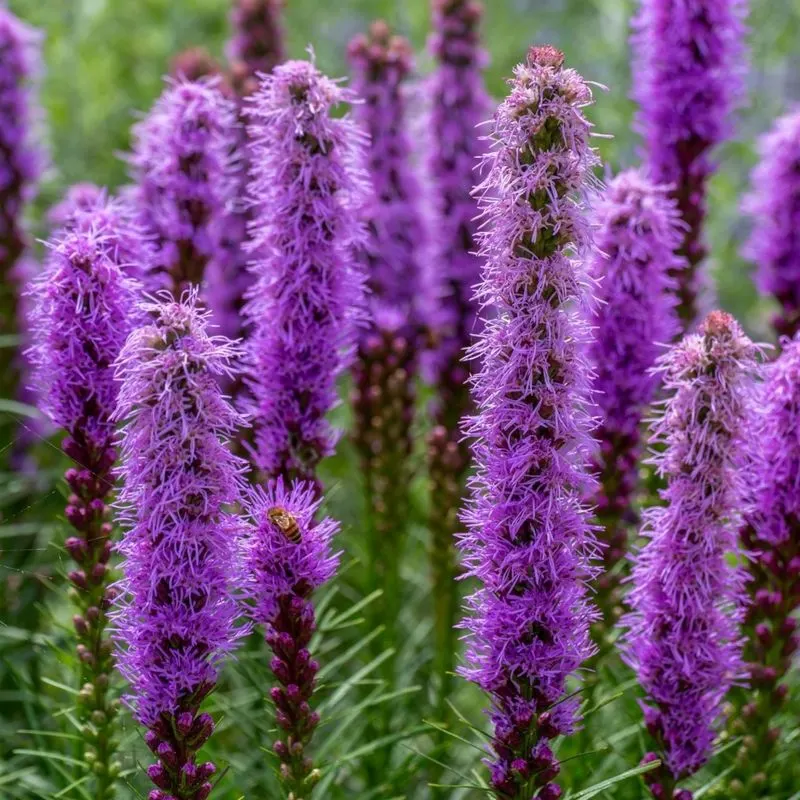
The Blazing Star, with its tall spires of purple flowers, creates a stunning vertical element in gardens. It’s a favorite among bees and butterflies, providing a rich source of nectar throughout the summer. This native plant is well-suited to a variety of soil conditions, making it versatile and easy to grow. Its feathery blooms and ability to attract pollinators make it a standout choice for enhancing garden biodiversity. Blazing Star not only beautifies its surroundings but also supports the local ecosystem.
Coreopsis
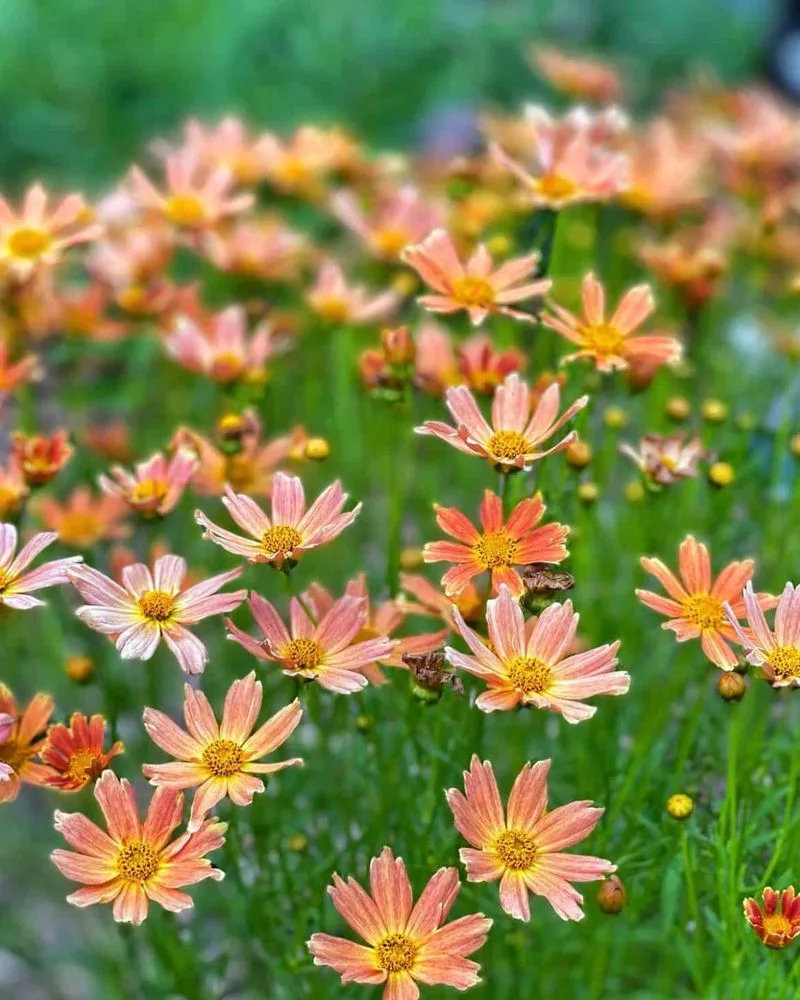
Coreopsis, known for its cheerful yellow blooms, adds brightness to garden spaces. This plant’s long blooming period ensures a steady supply of nectar for visiting bees and butterflies. Native to North America, Coreopsis is adaptable to various growing conditions and requires minimal care. Its sunny disposition is matched by its ecological benefits, making it a popular choice for pollinator gardens. Whether planted in borders or containers, Coreopsis brings a touch of sunshine while supporting biodiversity.
Blue Vervain
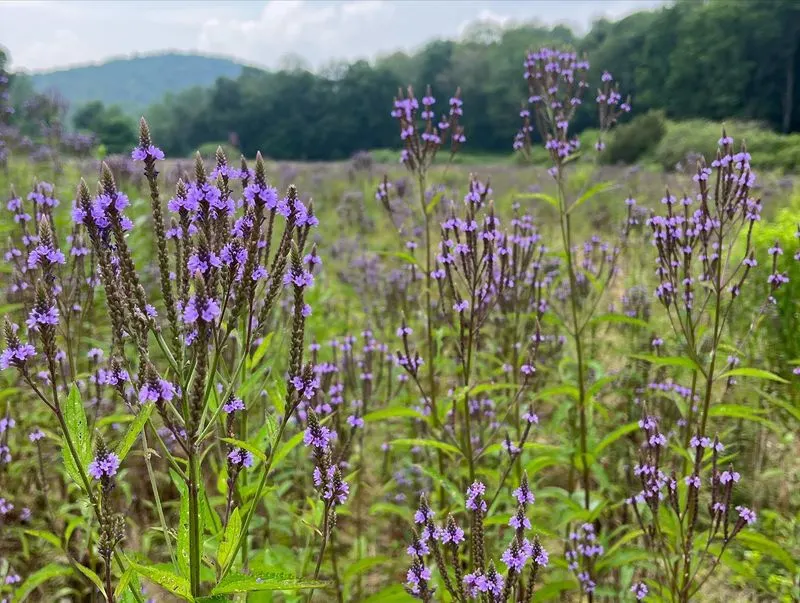
Blue Vervain stands tall with its striking blue flower spikes, drawing the attention of bees and butterflies alike. This wetland native thrives in moist conditions, often found along streams or in meadows. Its blooms not only provide visual interest but also a valuable nectar source for pollinators. The plant’s tall stature and vibrant flowers make it an attractive addition to gardens. Blue Vervain contributes to biodiversity, supporting a range of insect life while adding a splash of blue to landscapes.
Zinnia
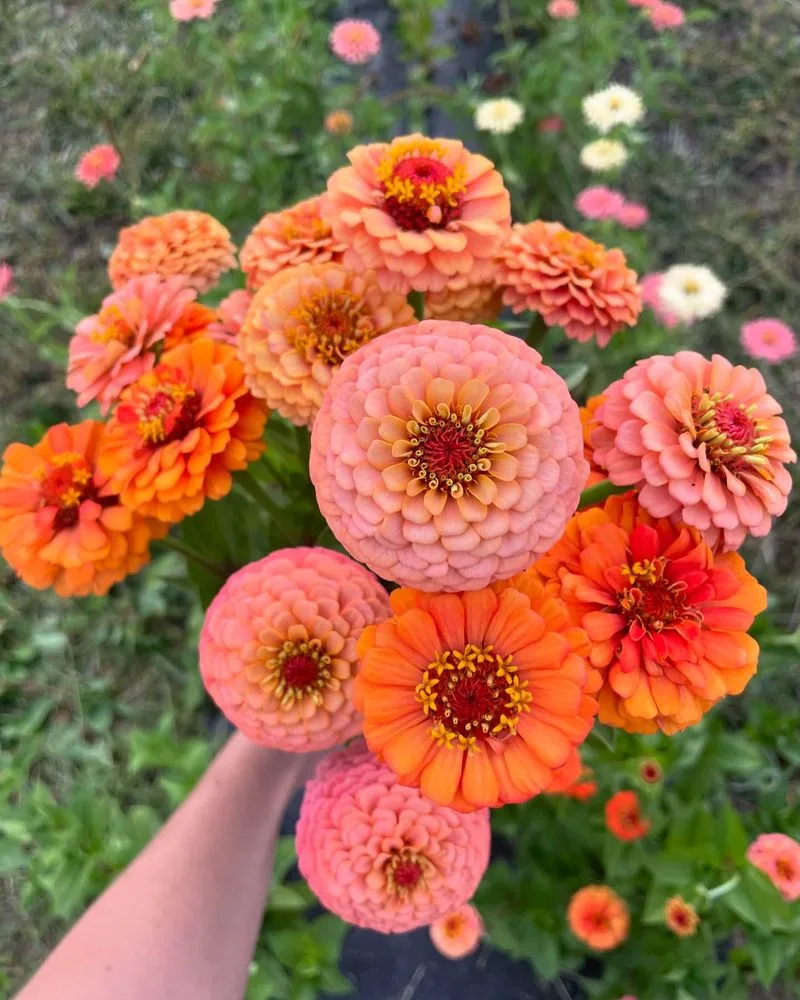
Zinnias stand out with their bold, colorful blooms that come in a variety of shades. Easy to grow and maintain, they are a hit with bees and butterflies seeking nectar. These annuals thrive in full sun, making them perfect for summer gardens. Zinnias’ vibrant colors and long blooming season ensure continuous visual interest and support for pollinators. Whether in a dedicated flower bed or a mixed border, zinnias add lively color and ecological benefits, making them a garden staple.
Sunflower
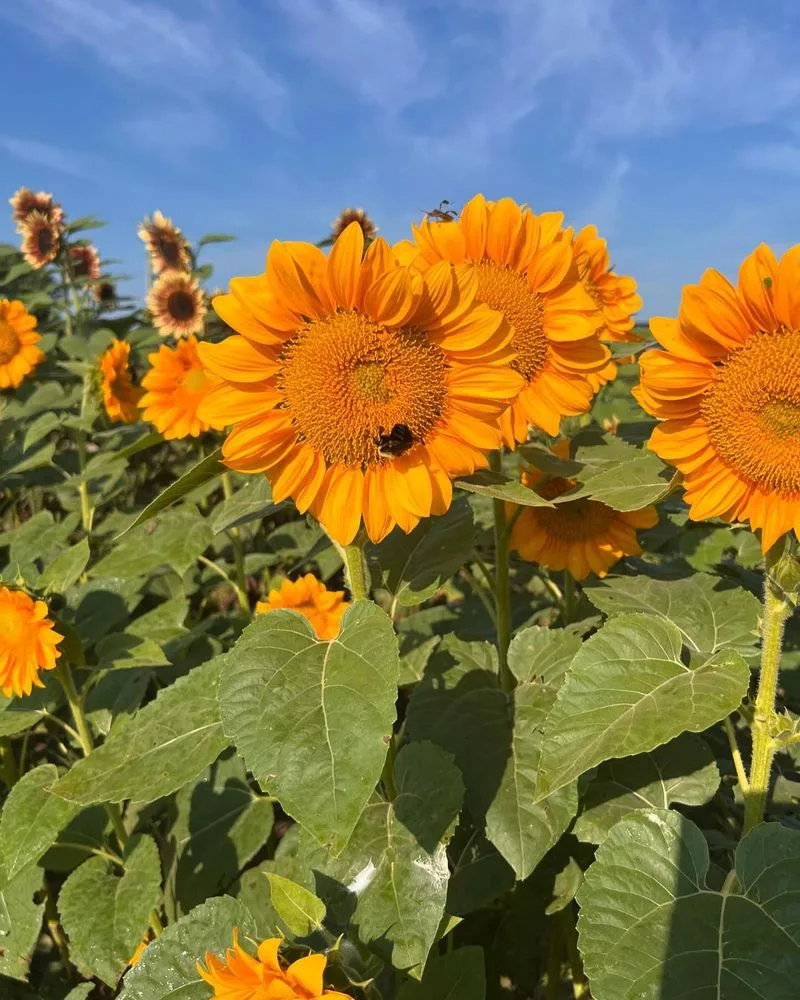
Sunflowers are iconic for their towering heights and bright yellow blooms. These giants of the garden not only attract human admiration but are also a favorite for bees and butterflies. The flowers provide a generous supply of nectar and pollen, supporting a wide range of pollinators. Sunflowers’ sturdy stalks and large blooms make them a dramatic addition to any garden space. Beyond their ecological benefits, sunflowers also offer seeds for birds, adding to their appeal for nature lovers.
Buttonbush
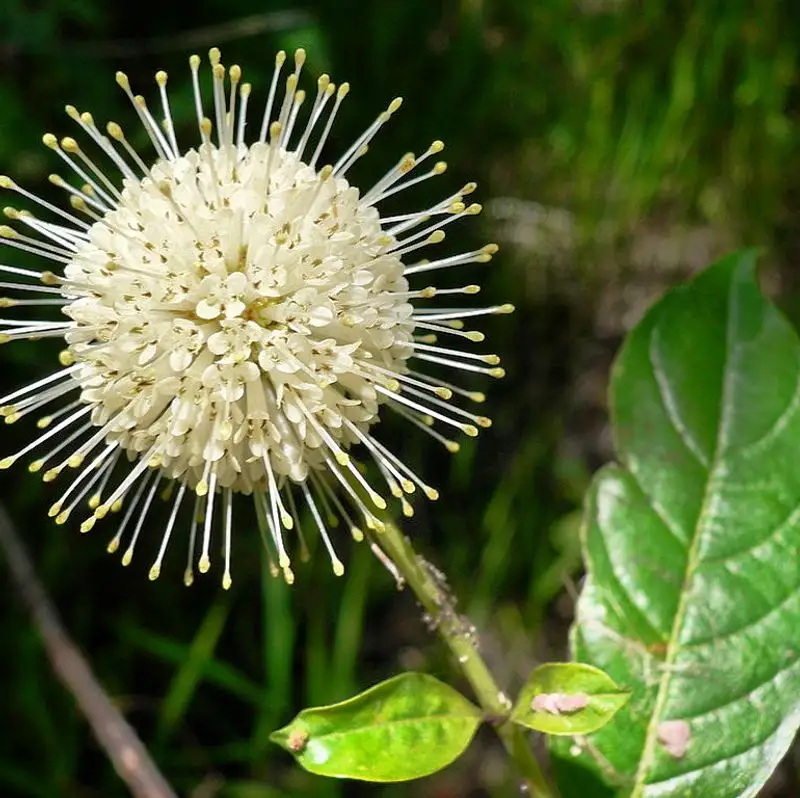
Buttonbush offers unique spherical flowers that are a hit with pollinators. This native shrub thrives in wetland areas, bringing both beauty and ecological value. Its fragrant white flowers attract a variety of bees and butterflies, providing essential nectar sources. Beyond its pollinator appeal, Buttonbush offers shelter and nesting sites for birds, enhancing its ecological contributions. Its distinctive blooms and environmental benefits make it a valuable addition to gardens focused on biodiversity.

